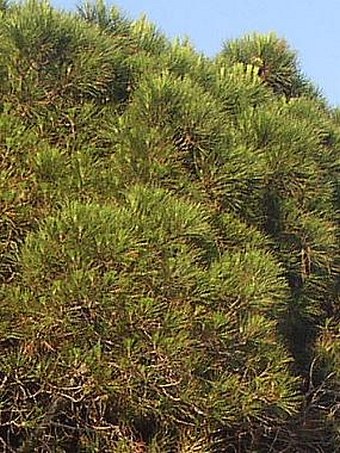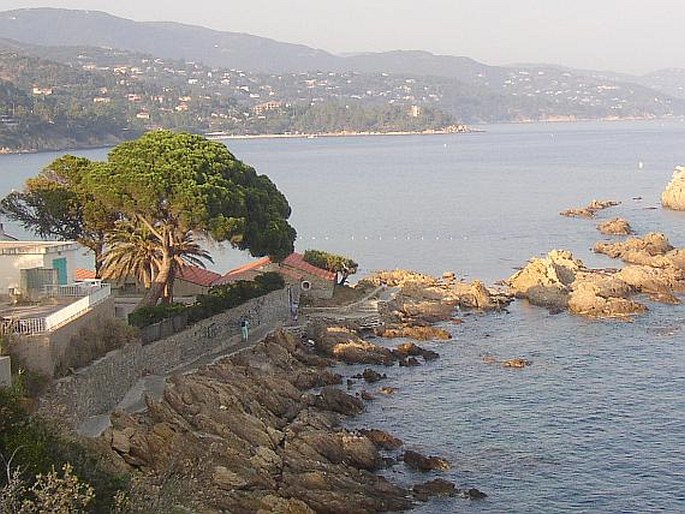Family: Pinaceae Lindl.

Distribution: It is probably native to the Eastern Mediterranean, now this species grows in all Mediterranean areas and on the southern shore of the Black Sea. The Stone Pine has been introduced to California, Southern Africa and Argentina.
Ecology: Grows in rocky or sandy places, prefers acidic or neutral sandy soils.
Description: Evergreen tree, 15–25 m tall, the stout bole, with a domed crown. The bark is orange on young trees, soon fissuring to give deep furrows, browns. The leaves are linear, in bundles of two, 8–18 cm long, grey green. The cones ripen over three years, expanding from globe-shaped to oval-shaped. The seed is 2 cm long, edible.
Use: The Stone Pine is a very attractive ornamental tree, it is cultivated in gardens and parks of Southern Europe. This tree has been exploited for its edible seeds – pine nuts (pignoli). They are added to sweets, meats, or vegetable dishes. It has a heavy and very resinous wood.
Note: Not a very long-lived tree, rarely exceeding 150 years. The largest piece recorded in Southern Italy (village Delianuova) is 35 m tall.





These images were taken in France, in the vicinity of Saint Tropez (June 22, 2006).


